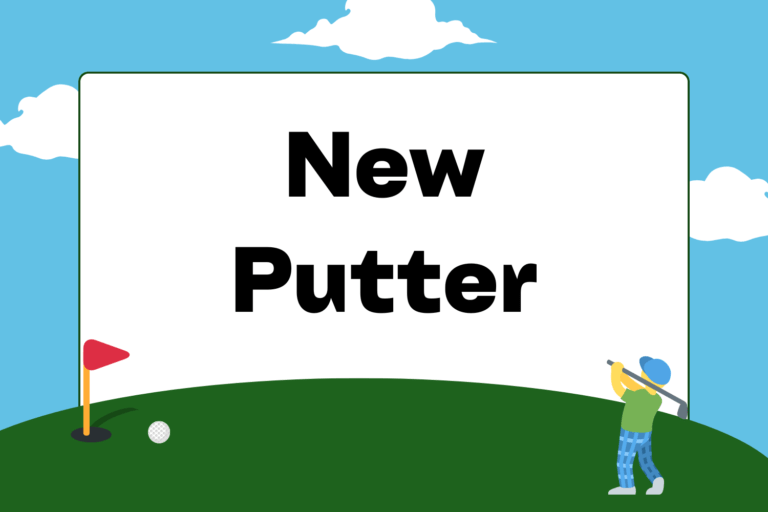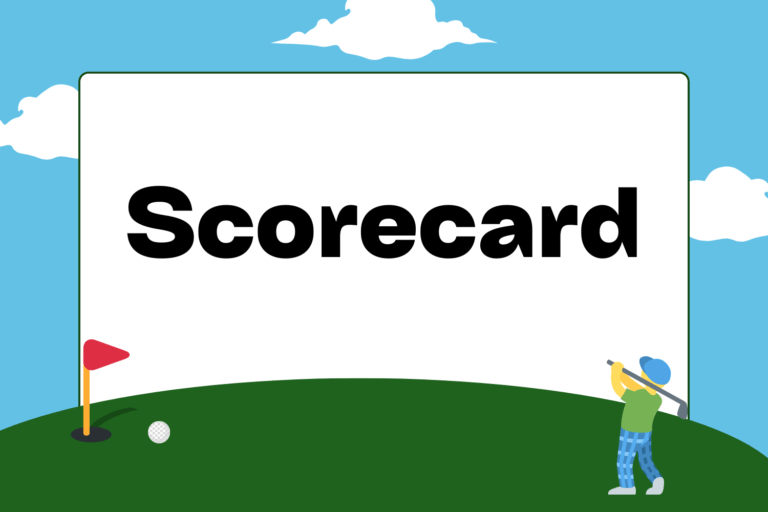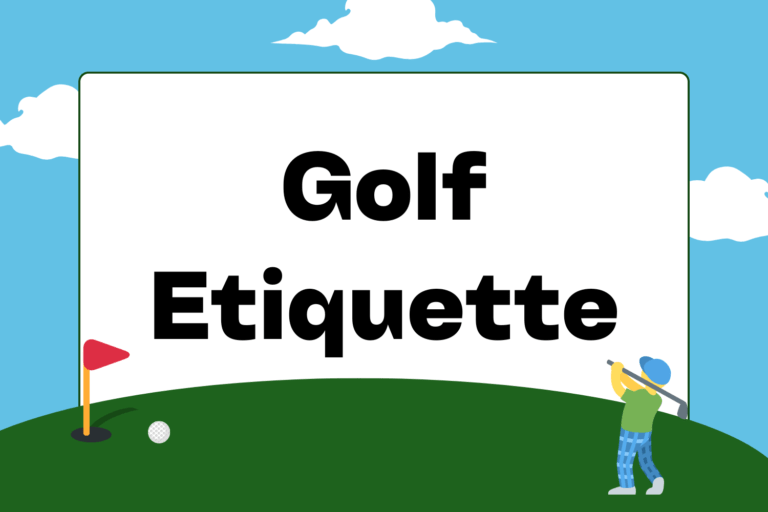The word “slice” comes up in a number of wonderful ways—slices of pizza, slices of pie—but you can’t say the same when it comes up in golf. Nope, in golf, the word “slice” comes with nothing but dread and frustration.
Slicing the ball is probably the most common problem golfers of all ability levels share—their shots start off straight, but take a sharp turn to the right (or left, if you’re a lefty). If this is something you’re familiar with, this guide will help you fix your slice by teaching you why you’re doing it in the first place.
Why You’re Slicing
If you’re slicing the ball, chances are you’re coming over the top of the ball on your downswing. 
Since your body is set up on a straight line to your target, if you hit the ball on that outside-in motion, you’re going to put sidespin on the ball. Coming over the top of the ball creates that sidespin at impact, causing your ball to start off straight and then leak to the right as it flies—a slice.
There are a number of ways you might be setting yourself up to come over the top of the ball on your downswing, and being able to check those possible faults in your swing is the key to fixing your slice.
Fixing the Slice
In order to fix the slice, you’ll need to teach your muscles how it feels to swing correctly. This might be a longer process for some, depending on how stubborn you are, and how much practice you put in. As with any new swing adjustment, it may feel a bit awkward at first, and you may even think that you’re hitting the ball worse than you were before, but stick with it. Once you get used to the correct swing path, you’ll see your slice gone and your scores drop.
Check Your Grip
One fundamental you need to have down is a solid grip on the club. Many golfers who slice the ball have too strong of a grip—their top hands are too far over the grip of the club (you can see too much of the back of that hand), or too weak of a grip—their top hands are too far under the club’s grip.
Grip the club so that the “V” shapes between your thumbs and index fingers are pointing at your shoulders. For a more detailed description of the proper grip, check out the guide, “How to Grip a Golf Club” (link to the right).
Align Yourself Correctly
The next thing you want to ensure is that your body and your clubface are aligned correctly. If they’re not, you’ll never be able to consistently hit straight shots.
A great way to check this is to stand directly behind your ball, facing your target. Find a piece of grass or a leaf a few inches ahead of your ball on the line you want your ball to follow, and focus on that spot. Now, when you set up to the ball, align your clubface to that spot a few inches in front of your ball. This is much easier than trying to align your club to a target hundreds of yards away.
Once you have your club on line, make sure that the heels of your feet are parallel to that line. Some people use their toes to judge where their feet are pointed, but this can be misleading since your feet may be positioned outwards for balance.
Now get your hips and shoulders aligned with your feet and the clubface. Once you feel confident that everything is aligned correctly, you’re ready to make the swing changes you need to fix your slice.
The Backswing
In order to come down at the ball on the proper angle (plane), you need to make sure that you’re setting yourself up to do so by taking a good backswing.
Some golfers who tend to slice the ball have a habit of twisting the club one way or another on the way back. The club’s shaft shouldn’t twist at all. Let your shoulders do the rotating, so that your front shoulder rotates under your chin as your back faces the target.
At the top of your backswing, you should have most of your weight on your back foot, your back facing the target as much as your body can allow it, and your wrists cocked at the top of your swing, forming a 90 degree angle between your left arm (for right handed players) and your club’s shaft.
The Downswing
The downswing is where most golfers can find the cure to their slice. Slicers often start their downswing with only their arms. If you want to fix your slice, you’ve got to start your downswing with your lower body.
At the top of your swing, when you’re ready to start your downswing, let your hips start unwinding toward your target. This will let your back elbow drop into its correct position, and will clear the way for your arms to come through impact at the proper angle.
You really have to feel that inside-out motion through impact. It may feel like a bit of an exaggeration, but aspects of your golf swing will always feel more severe than they really are. Once you stop coming over the top of the ball on your downswing—hitting it with left-to-right sidespin—you’ll starting hitting it dead-on, with your clubface square to your target at impact.
Hot Tip: Tee Drill
You can check your divots on the range to see how severely you’re coming over the top of the ball. If the divot is pointing left of your target, you’ll know that coming over the top is definitely the cause of your slice.
A great way to train your swing to fix that problem is a simple drill using an extra tee. Place the tee into the ground four or five inches ahead of your golf ball, on the line you intend to hit it. Now, when you make your swing, try to knock the tee out of the ground in your follow-through.
This may take a few tries to get it right, but once you do, you’ll not only knock the tee out of the ground, but you’ll hit straighter shots, as well.
Hit the Range
There’s plenty to think about when you’re trying to fix a slice, and you’ll probably deal with a lot of frustration in the process. However, go to the range and leave the frustration and expectations aside as much as you can. Practice these swing adjustments until you don’t have to think about them anymore.
Once you fix your slice—which, no matter how many buckets of balls it takes, you will—you’ll not only hit the ball straighter, but you’ll hit it longer, too (since the shortest distance between any two points is a straight line). And once you start hitting the ball straighter and longer, well, you can figure out how your scores will change.





